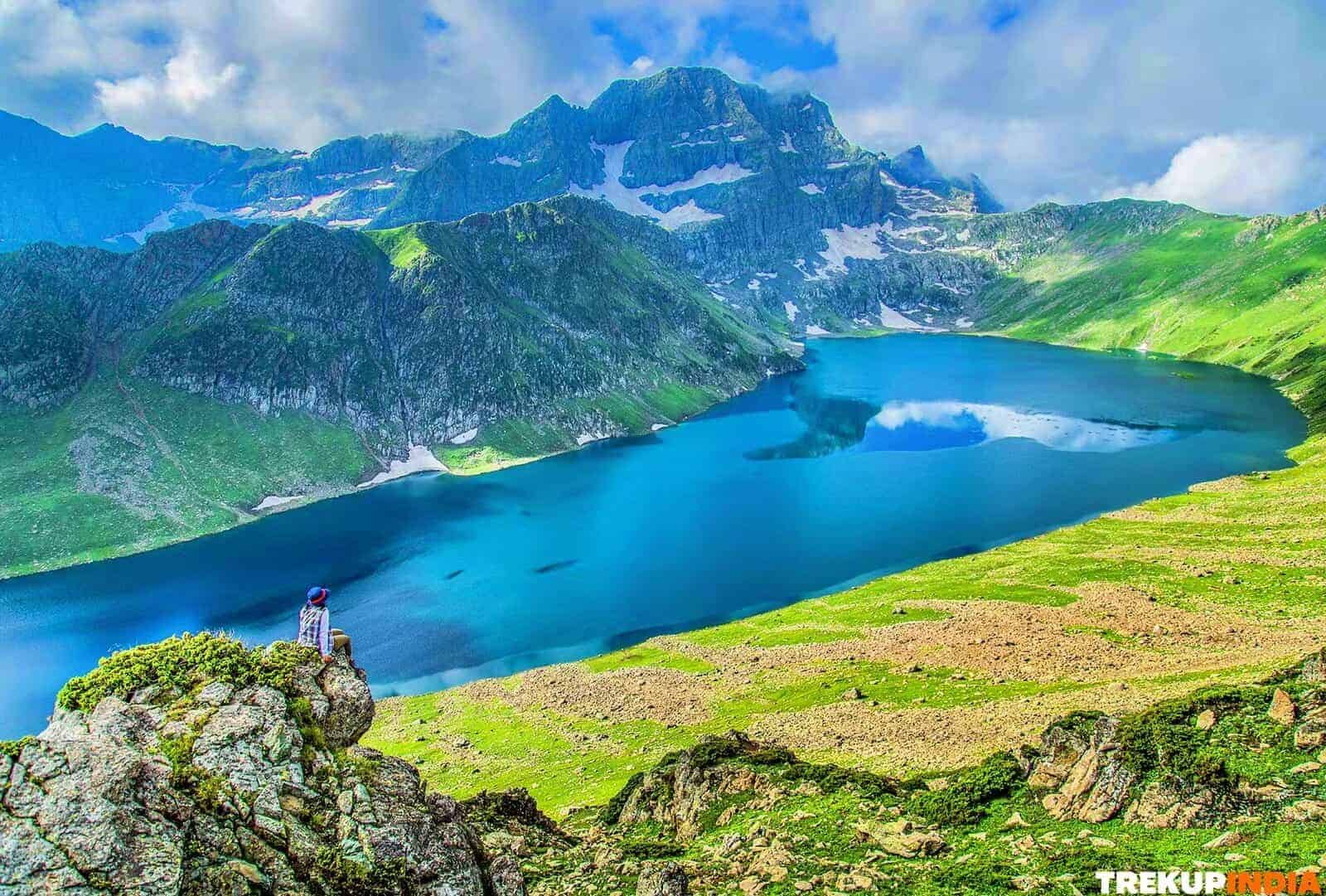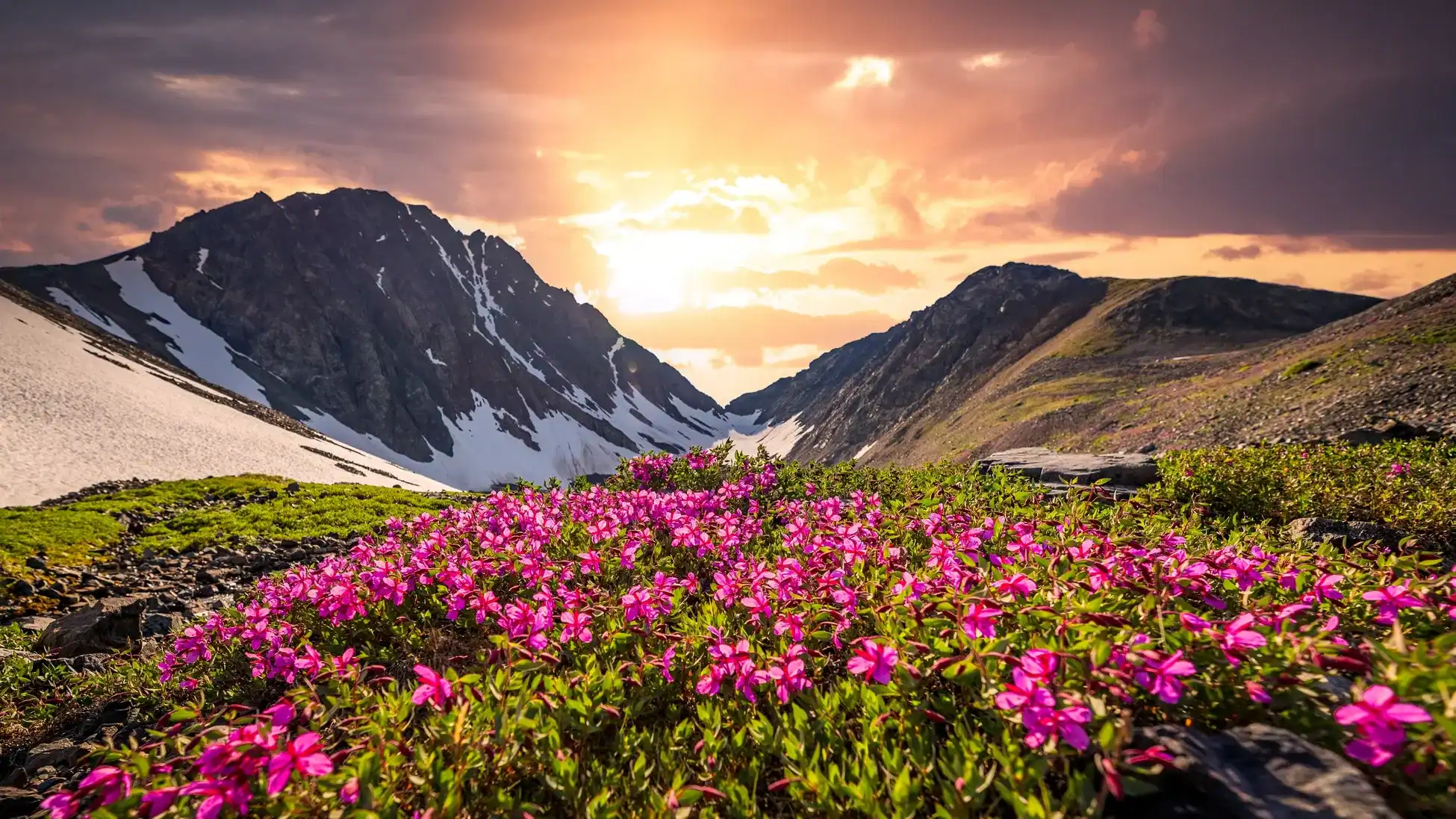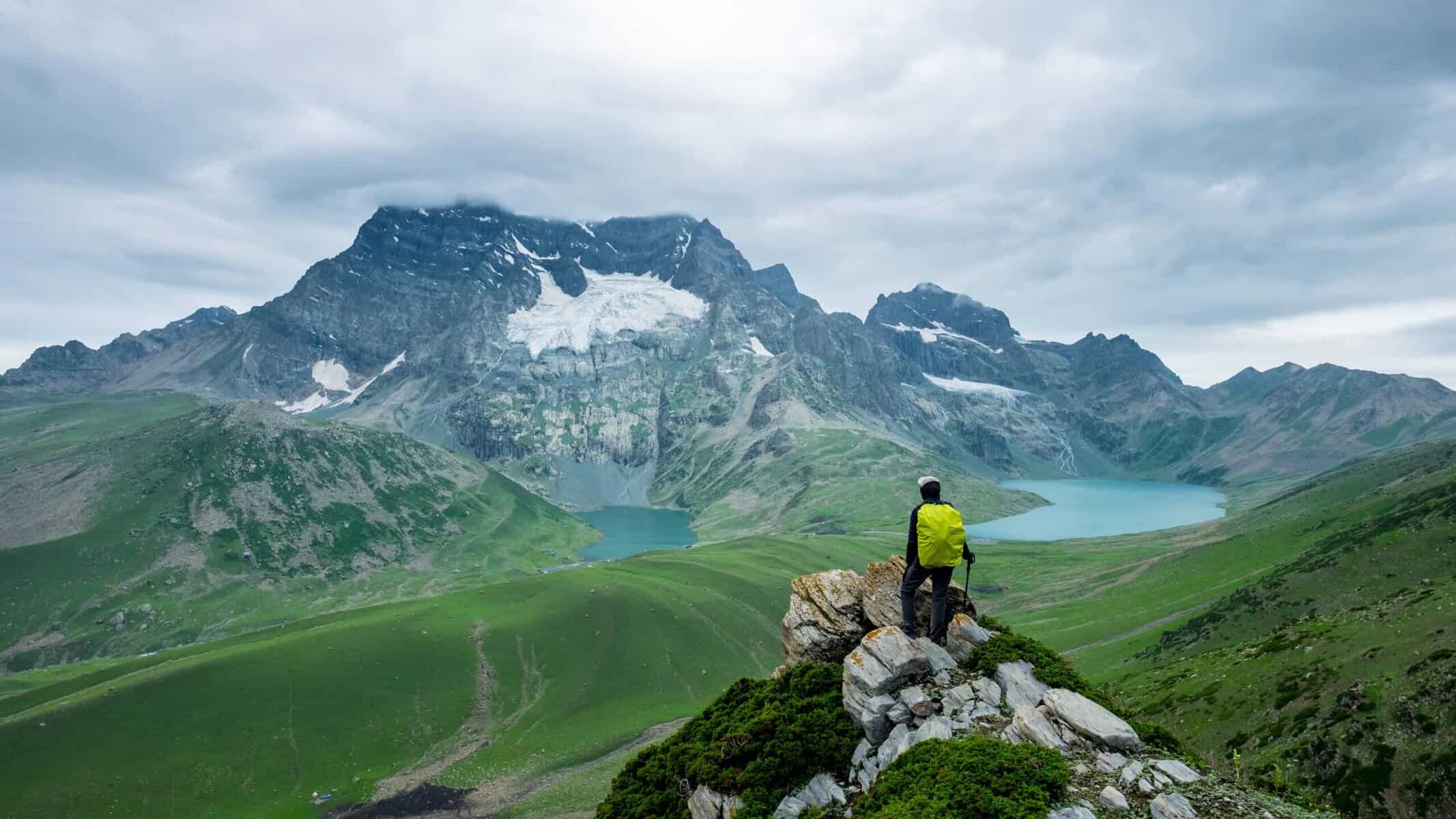Trek Grade
Difficult
Highest Altitude
20,500 ft
Base Camp
Leh
Best Time
June to Sept
Trek Distance
49 Km
Not sure which trek is right for you? Trekup India’s Mountain Experts have you covered.
Not sure which trek is right for you? Trekup India’s Mountain Experts have you covered. From figuring out if a trek matches your fitness level to knowing who you’ll be trekking with, we’re here to answer all your questions. Reach out to our Mountain Experts and plan your trek with confidence.
Dzo Jongo Peak Trek
Dzo Jongo stands at an elevation of 6,240 meters and remains hidden behind layers of mystery until discovered by daring adventurers. Nestled within the picturesque Markha Valley lies this mesmerizing mountain that has long been overlooked in Favor of more well-known ones, Kang Yatse I and II; thus, remaining an unknown gem. As such, Dzo Jongo attracts few visitors, protecting its stunning beauty with its breathtaking icy slopes and panoramic 360 ° views for those daring enough to venture off-path. A trek from Leh meanders through Ladakh’s breathtaking landscape, keeping Dzo Jongo East tantalizingly out of reach until its final approach. But believe us, waiting is well worth your while; its combination of challenging terrain, extreme weather conditions, and breathtaking scenery makes Dzo Jongo East an adventure destination perfect for thrill-seekers.
Trek Cost
- Stay will be on a twin-sharing basis in tents
- + 210 Trek Insurance (optional)
- Discount Policy
Call Our Mountain Experts
Fix Departure Dates
Why Choose Trekup India?
Videos by experts watch these videos to prepare well for a Successful Trek

Want To Trek Like Pro?
Basically, watch these videos if you want to trek the same way professional trekkers do and make your skills better. These videos contain useful tips and techniques to further improve your trekking skills itself. These videos actually help both new and experienced trekkers improve their trekking skills. These videos definitely provide useful tips that make your trek better. We are seeing that these videos by Trekup India experts will only help you make your trekking skills better.
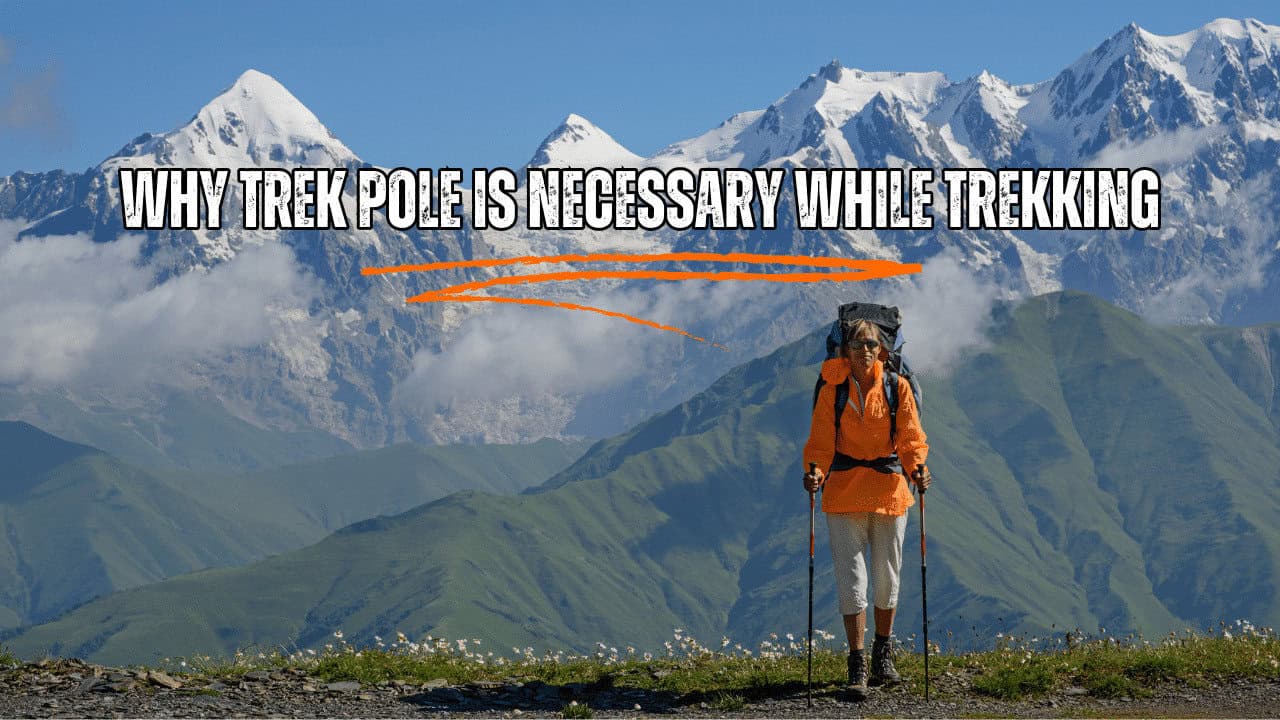
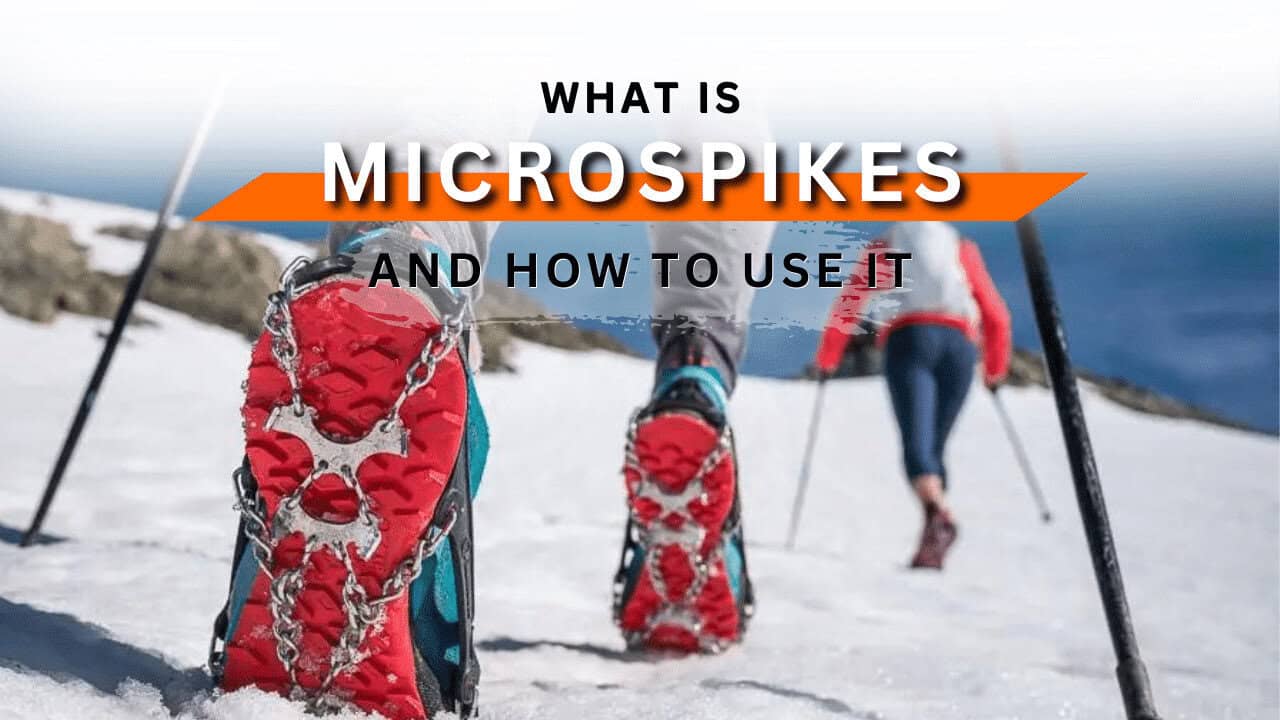
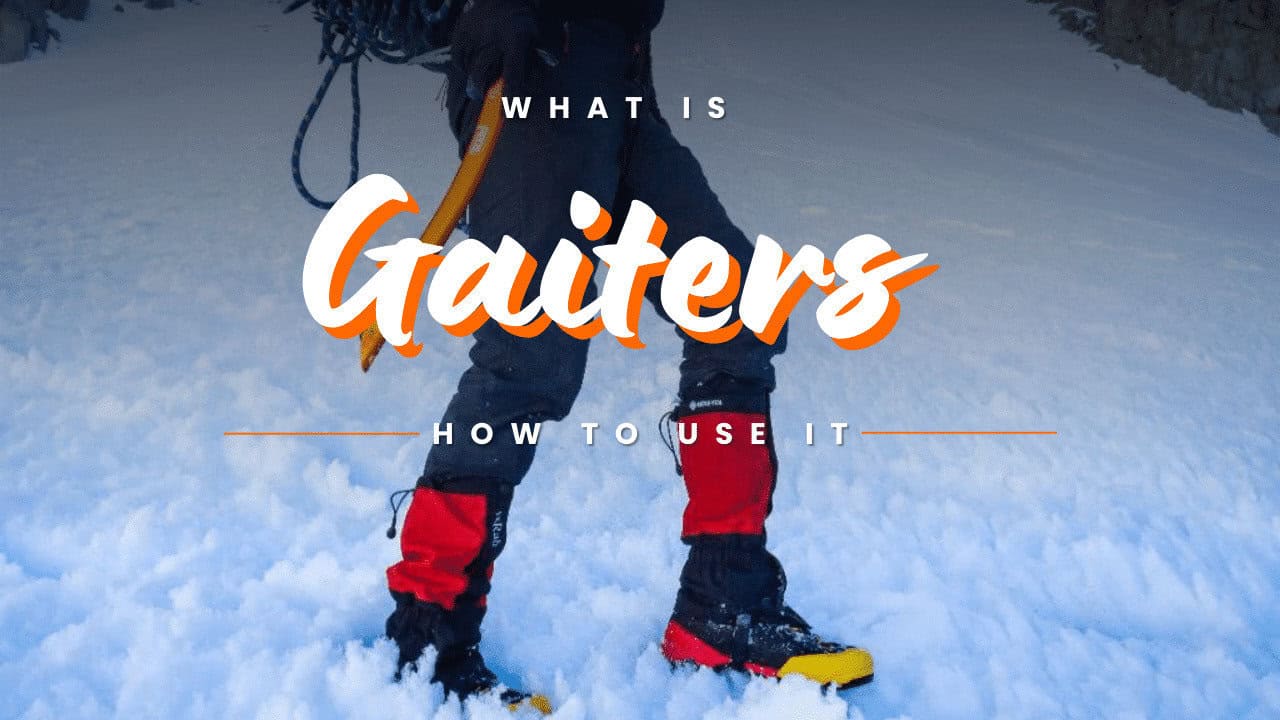
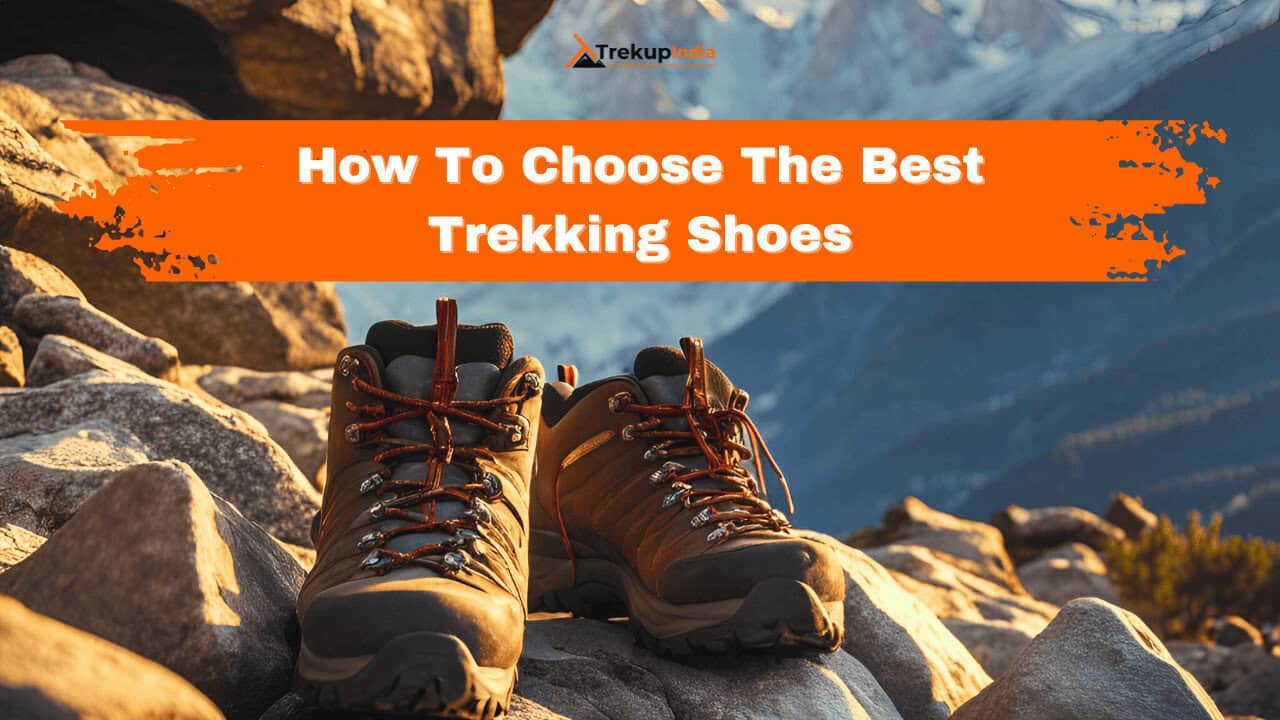
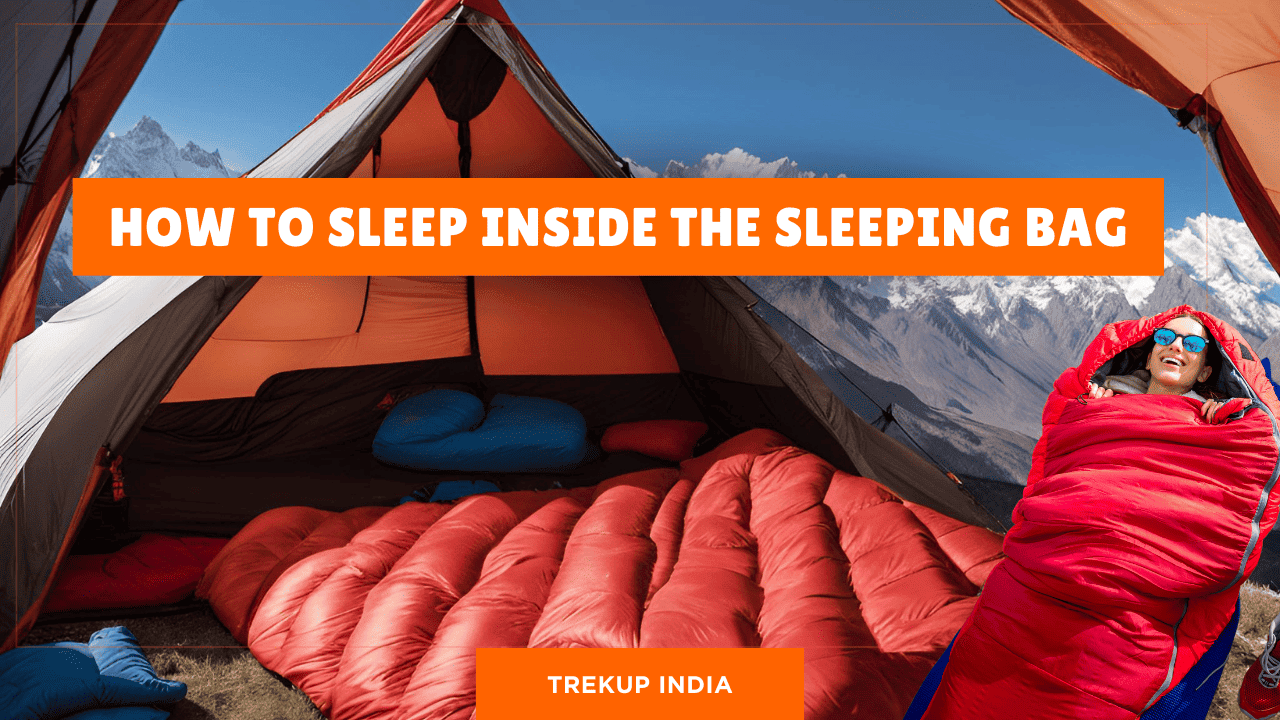
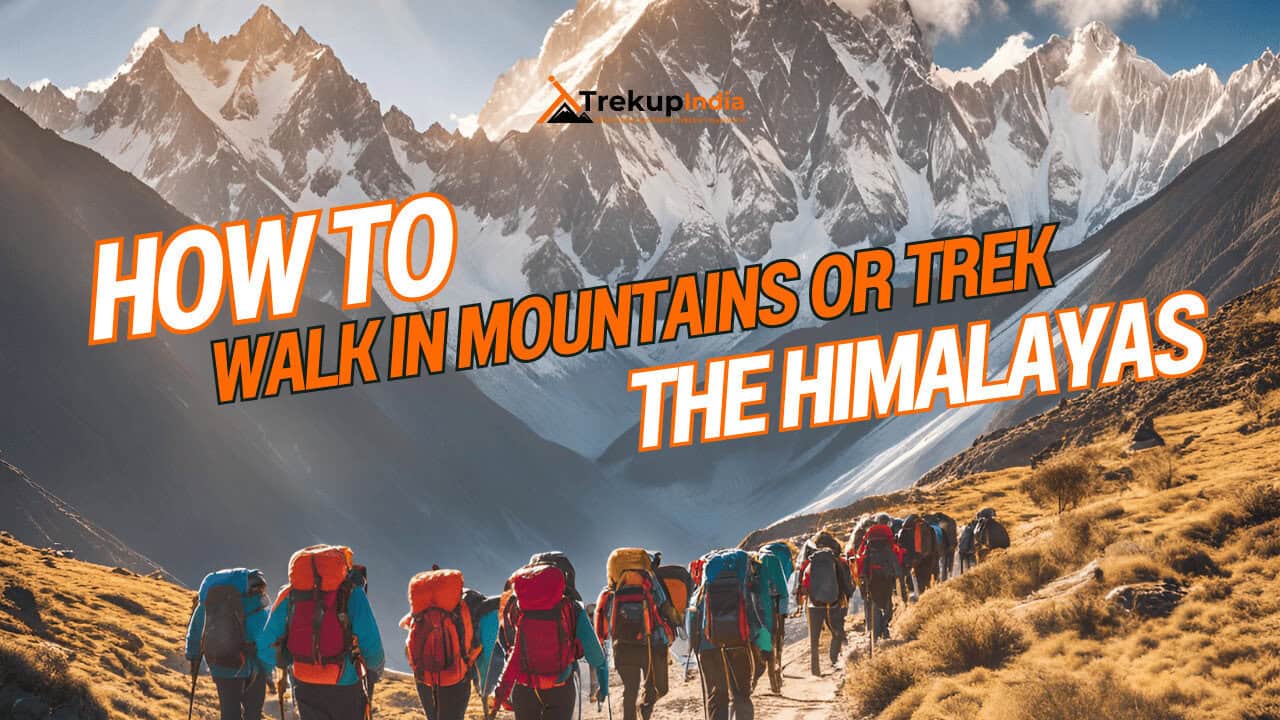
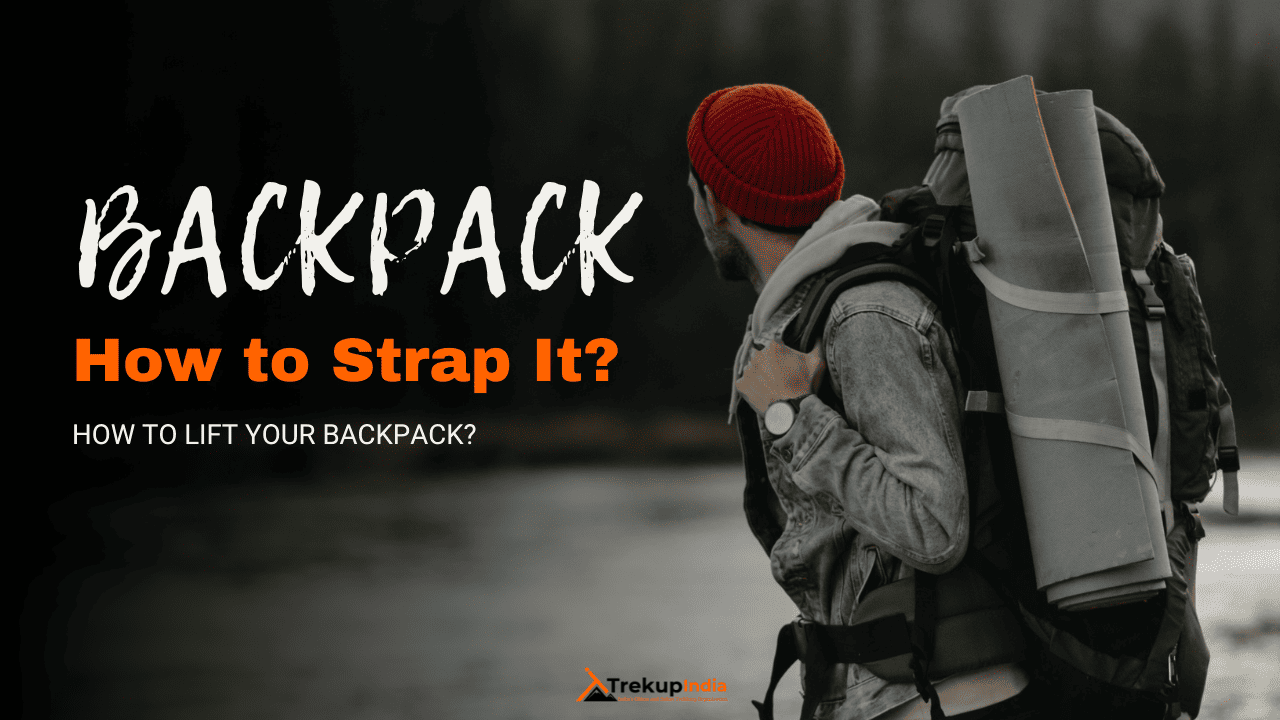
Know Everything About Acute Mountain Sickness
Acute Mountain Sickness occurs when people trek to high altitudes above 8,000 feet. This condition itself develops further due to reduced oxygen levels at such heights. Basically, as you go higher up, the air pressure and oxygen levels decrease, which causes the same problem. Acute Mountain Sickness surely causes headache, nausea, vomiting, and dizziness in affected persons. Moreover, peoples also experience difficulty in sleeping during this condition. To avoid mountain sickness, you should actually trek up slowly to higher altitudes. To learn further about this condition itself, watch the videos by Trekup India.
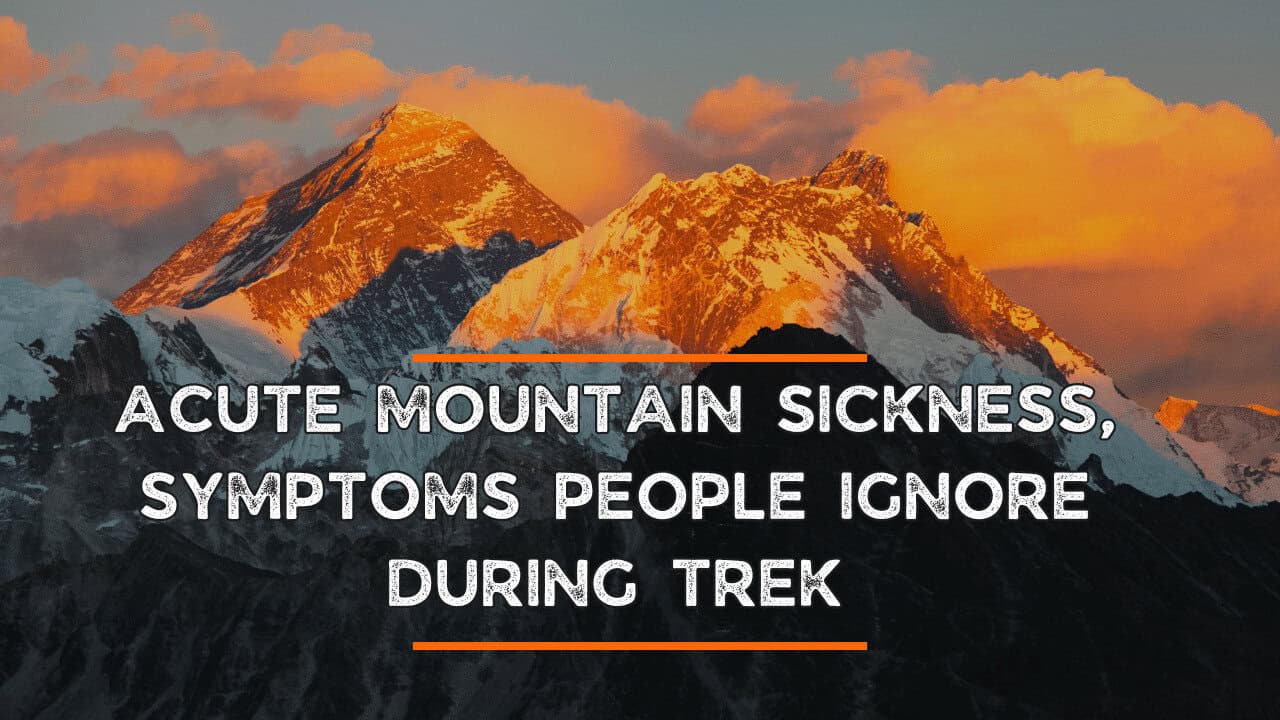
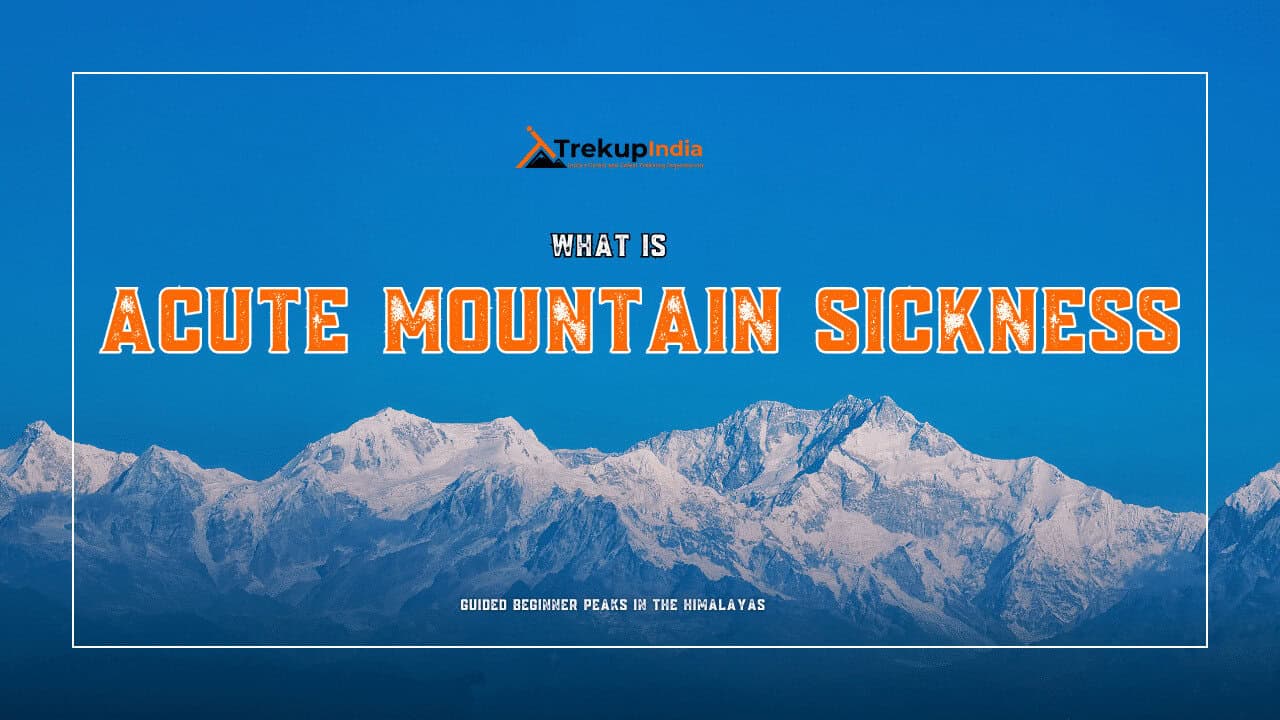
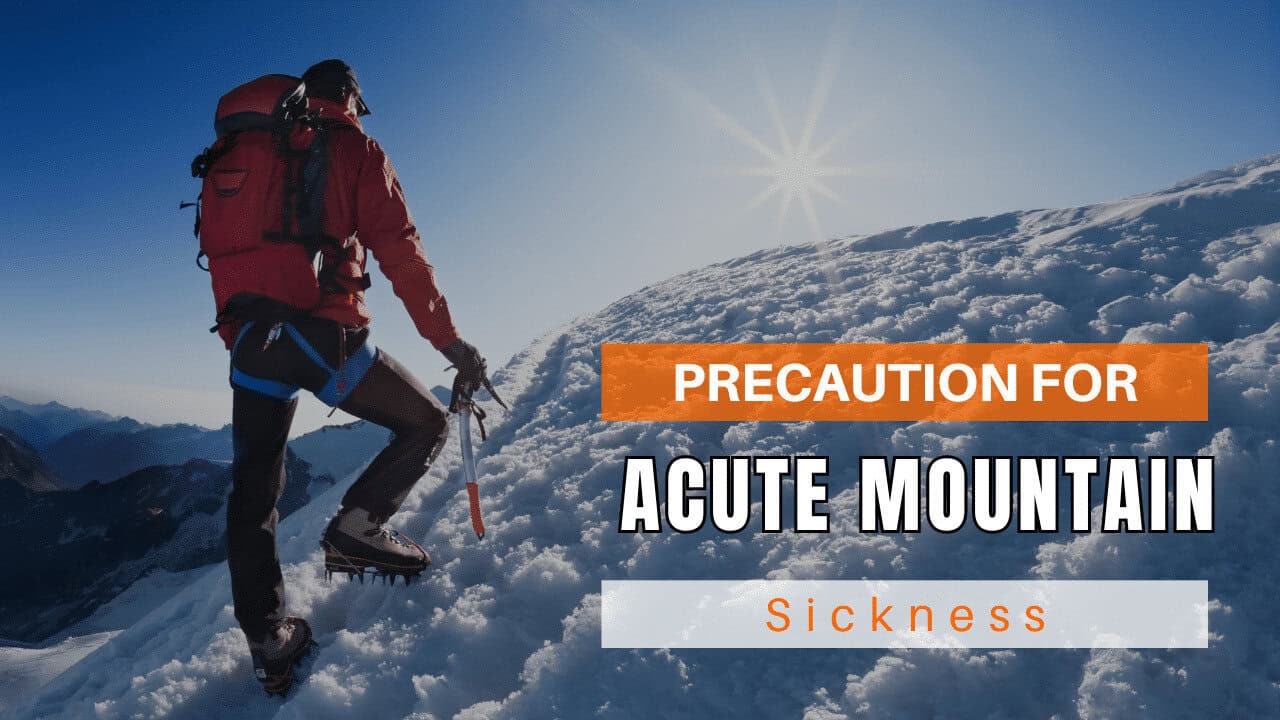
Day Wise Detailed Itinerary of Dzo Jongo Peak Trek
Day 1: Make your way to Leh (3,500M)
Since our journey begins at an altitude of 3,500 meters in Leh, our bodies must adapt gradually. Over the first two days, we will spend time getting acquainted with our surroundings while bonding as a group, reviewing essential mountain protocols, and learning more about what lies ahead on the Dzo Jongo (East) trek.
Day 2: Rest and Acclimatization in Leh
On your second day in Leh, take some time for yourself and allow your body to adjust to the high altitude, thereby minimizing health issues. Explore its vibrant markets, enjoy local culture, and visit nearby attractions – gentle exploration will aid acclimatization, while Leh’s excellent trekking market can help with gear needs as well. Once acclimated, join our group orientation session where we’ll meet as individuals to review itinerary details as well as important topics like mountain etiquette, environmental responsibility, and guidelines necessary for an enjoyable expedition experience!
Day 3: Leh to Lato (4,014M)
Lato is a charming village along the Manali-Leh highway, providing us with an ideal preview of what lies in store over the coming days. Travel from Leh to Lato provides us with an opportunity to take in its picturesque setting as part of Ladakh’s longstanding culture and traditions. At 10:30 to 11:00 AM, we typically depart for our campsite, pitch our tents, and enjoy a hot lunch before getting acquainted with our surroundings. The drive through a scenic plain alongside the Indus River is relaxing and scenic, providing views of notable landmarks like Shey Palace, Thiksey Monastery, Hemis Monastery, and Druk Padma Karpo School. This terrain features an assortment of rocky formations, from neatly stacked slabs and chunks to tightly compressed sheets that range in their composition. After passing through some of the region’s driest landscapes, we arrive at our campsite just in time for lunch. After setting up camp and enjoying lunch, we take an early evening acclimatization walk to help our bodies adjust to our new environment. Due to extreme heat and aridity in this region, water must always be carried; don’t get dehydrated too quickly while adapting.
Day 4: Lato to Shiul Sumdo (4,600M)
As soon as you set foot into Ladakh, the harsh arid landscape hits you hard, leaving your throat parched and skin sun-scorched from intense, unrelenting sunlight. Our inaugural trekking day in this dry environment should be gentle – taking us along the scenic riverbank route with its gradual 600M incline; crossing several streams for fun adds extra flair along the journey – before arriving at our campsite at Shiul Sumdo just in time to enjoy a hearty and delicious lunch before retreating for the evening.
Day 5: Shiul Sumdo to Chaksung (4,900M) via Shiul Pass (5,100M)
Today will be a long, tough journey, covering 10 kilometres. By now, our bodies should have adjusted well to the challenging climate, making the journey simpler. Our route will take us over one of three high mountain passes: Shiul Pass is at 5,100 meters in elevation. Journey time should take approximately three hours over 4 kilometres, providing incredible views of the surrounding valleys and mountain ranges from this elevated position. After traversing the pass, we will trek another six kilometres before arriving at our campsite, an event which should take three or four hours. Later that afternoon, there will be opportunities to explore Chaksung during our acclimatization walk; an experience sure to prove rewarding and pleasurable.
Day 6: Chaksung to Dzo Jongo (East) Base camp (5,200M) via Chak Pass (5,500M)
As we approach the end of our fifth day, anticipation grows with each passing moment that brings us closer to the sighting of this mysterious mountain at base camp, adding another challenge in traversing an alpine pass along our journey. Although our distance may be relatively short, the terrain’s steep incline creates a much more demanding day than anything we’ve encountered to date on this trek. But the beautiful interplay of sunlight and mountain shadows may provide welcome respite for weary legs. As well as seeing the majestic Kang Yatse peaks – cousins to Dzo Jongo but lesser-known in terms of popularity – we will also enjoy an afternoon walk specifically designed to acclimatize and help our bodies adjust to higher altitude.
Day 7: Rest and Acclimatization at Basecamp
As we’ve recently gained elevation and have transitioned into new terrain, today is set aside for adapting to high-altitude environments and practicing fundamental techniques essential to our ascent later. After an early breakfast and equipment distribution session, we head directly to a nearby slope for technical gear training and familiarization, including learning roping techniques as well as ascending and descending on terrain. Finally, early evening brings adequate rest before commencing tonight’s journey up.
Day 8: Basecamp to Summit (6,240M) and back to Basecamp
Today is our summit push! Beginning between 11 PM and 12 AM, we will travel across relatively flat but rocky terrain from camp towards the mountain’s slope. Once at its base, the ascent becomes steady. Today is planned to involve the ascent of over 1000 meters in altitude gain, and therefore, we should expect some very steep slopes. With high altitude and winter winds present during our ascent, nightly encounters will add another challenge; harsh gusts might force us back down below before morning sun can bring relief. However, sunrise occurs late at around 6 AM in this region, making for a long night of cold trekking, and as daybreak brings warmth, our energy is renewed as it revives to tackle another climb. Final Ascent to Dzo Jongo East Summit (6,240 meters). Marked by large boulders providing stunning panoramic views. Ascending should take approximately 8 hours. At Dzo Jongo’s summit are stunning panoramic views of its surrounding mountain ranges, idyllic ridge walks, and exquisite slopes illuminated by daylight. To return safely down from this magnificent peak before its heat destabilises any of its steep slopes, we plan on making our descent, estimated to take roughly 4 hours, with arrival back at basecamp around noon.
Day 9: Basecamp to Leh via Kongmaru La Pass (5,236M)
Dzo Jongo treks are well known for being long and tiresome days; today will be no different as we make our descent towards Leh via Kongmaru La Pass (5,236 meters above sea level). Rising early allows us to cover this considerable distance before reaching roadhead and our vehicle heading back toward Leh. As soon as morning dawns, our campsite is dismantled, and we begin our descent journey from Nimaling. From there, we head up a steep ascent up an adjacent mountain where the sunrise paints vibrant hues of crimson and orange into the sky. Snow-capped mountains glimmer like flames in the sunlight, creating breathtaking scenery. At Nimaling River, fast flowing through meadows is accompanied by animals frolicking in the morning dew, accompanied by lively sounds from animals frolicking nearby. Although the terrain may be unforgiving and dangerous at times, the overall journey is relatively safe but a challenging trek. Kongmaru La pass can be reached after an exhilarating three-hour trek from its mountain base, followed by a short but intense thirty-minute climb that culminates at its summit. From here, stunning views of Kang Yatse 1 and 2, as well as Dzo Jongo, become evident. The pass, marked by vibrant prayer flags and buffeted by strong winds, attracts locals who regularly ascend the pass to take advantage of its reliable phone signal and high-speed internet, both services being quickly lost just steps away. Nimaling Pass lies approximately 2 kilometres from Nimaling. Descending from it offers an exciting journey through narrow gorges, water crossings, rock formations of all colours, and species of wildlife that create an unforgettable 3.5-hour trek that culminates at Chokdo, from where one may take a three-hour drive back to Leh. Generally concluding around dinner time.
Day 10: Departure from Leh
We’ve prepared a comprehensive Trek Route Map for your upcoming adventure to Dzo Jongo Peak Trek, which outlines the entire journey including all stops and trails. This map provides detailed information on the terrain, distance between points of interest, and estimated travel time to help ensure a safe and enjoyable trek. We’ve carefully curated the map to ensure that you have all the necessary information at your fingertips. Please take a moment to review it thoroughly, and don’t hesitate to reach out if you have any questions or concerns.
The Trek Altitude Chart is a useful tool for Trekkers to monitor their altitude changes during their rides, allowing them to plan their routes more efficiently and track their progress over time. This Dzo Jongo Peak Trekchart is beneficial for both casual and experienced Trekkers, helping them make the most out of their Trek experience.
Trek Cost Inclusions
- Stay: 9 Nights of tented accommodation at individual campsites of Trekup India on twin sharing.
- Meals: Trekup India will provide freshly cooked meals during the trek starting with Lunch on Day 1 to Lunch on day 10 (Meals are simple, nutritious, and vegetarian)
- Trek Insurance (Optional): Trekup India recommends that all trekkers consider getting trek insurance. This is optional, but highly recommended. Trek insurance covers unexpected events that may occur during your trek. The cost of the insurance starts from INR 210. Please read more about what is included in the coverage and why it is mandatory on treks.
- Trek Equipment: Sleeping bag, Sleeping tents, Kitchen tent, Dining tent, Toilet Tent.
- Amenities: All utensils, sleeping mattresses (Black foam mats), Crampons, and Gaiters for snow.
- Health & Safety: First Aid Box, Oxygen Cylinders, Stretchers, Oxi meters, BP Machines, health.
- Permits: Forest Permits and Camping Permission Fee
- Trek Crew: High Altitude Chef, Helpers, Trek Leader & Guides, and other support teams.
- Potters & Mules: Potters and Mules are to carry all trekking equipment, ration, and vegetables.
Trek Cost Exclusions
- GST 5% (it is Mandatory)
- Any Meals/accommodation beside the itinerary or not mentioned in the program.
- Any Bus / Airfare to/from trek start/end point
- Personal Medical expenses do carry your medication.
- Any personal services such as Laundry, phone calls, liquors, mineral water, etc.
- Any still / video camera fee
- Any Entrance fee Monuments, Monasteries, Museums, Temples – Pay directly on the spot.
- Backpack Offloading (Mule/Porter Charges)
- Offload Charges: ₹3,500 per bag for the full trek if paid online in advance.
- On-spot Payment: Charges may increase by up to 30% if paid at the base camp.
- Weight Limit: Each bag must not exceed 10 kg.
- Note: Offloading is optional and is recommended for those who prefer to trek with a lighter daypack.
- Any emergency evacuation charges
- Any services that are not mentioned in the cost inclusion section.
What should you pack for the Dzo Jongo Peak Trek
Dzo Jongo Peak Trek is a high-altitude trek. The trekking gear you have to have for this particular trek differs from normal treks. Thus, read this whole segment. There is an important question that the trekker who is doing trek asks, like what all things to carry while trekking. Below, we have provided the details on everything you should take; an easy way to remember is by Head to foot or foot to head. We have prepared from Head to foot.
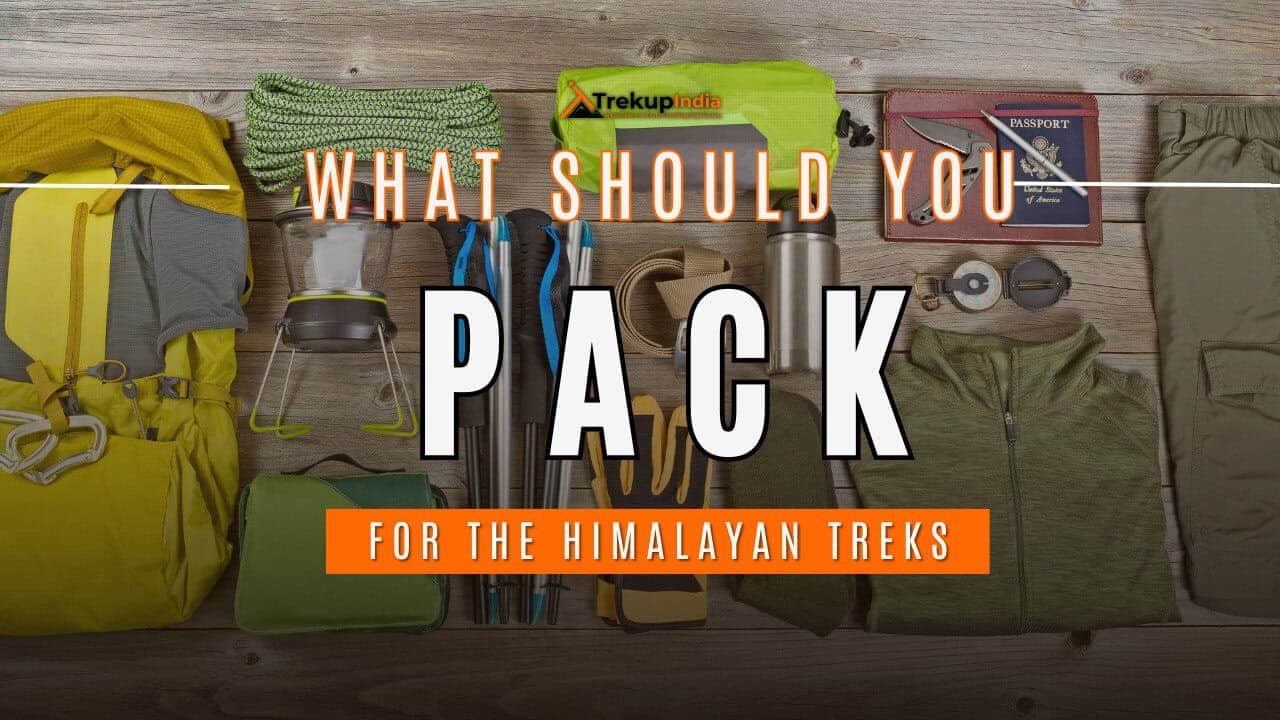
Head Gears
When trekking it's important to carry headgear to protect your head and face.
Heading out for a trek? Don’t forget to carry headgear to protect your beautiful face and head from the sun, wind, and dust! It’s an essential accessory that keeps you safe and comfortable throughout your adventurous journey. So, make sure you pack it before you step out into nature!
- Head Lamps – When trekking at night, headlamps are essential to illuminate your path while keeping your hands free. Headlamps come in different sizes and lumens, so it is essential to choose one that suits your needs.
- Hats or Cap – Caps or hats are also necessary when trekking in different weather conditions. Caps protect your head from the wind and freezing temperatures at night, while hats provide shade and protection from the sun during the day. It’s essential to ensure that your hat has a strap to prevent it from being blown away by the wind.
- Sunglasses – Sunglasses are also essential for trekking. Your sunglasses should protect your eyes from harmful UV rays and fit your face perfectly to avoid falling off while climbing, jumping, or crossing obstacles. The glass of your sunglasses should also be designed for different weather conditions to provide optimal visibility.
- Buff / Balaclava – Lastly, a buff or balaclava is a must-have to protect your mouth or neck from extreme temperatures and keep them warm. Buffs and balaclavas come in different materials, thicknesses, and designs, so it’s important to choose one that suits your needs and preferences. Depending on the weather conditions and your activities, you can wear them as neck warmers, face masks, or headbands.
Clothes
When trekking in high altitudes, prepare for cold weather by wearing layers. Layering traps heat, keeps you warm, and allows you to easily adjust your clothing as temperatures fluctuate.
Layering is important for different seasons when trekking. When planning a high-altitude trek, it is important to prepare for the cold weather. Wearing layers is the best approach as it provides both protection and flexibility when the weather changes frequently in the mountains. Layering helps to trap heat and keep your body warm, while at the same time allowing you to easily adjust your clothing as the temperature fluctuates. By wearing layers, you can enjoy your trek comfortably and stay safe in the unpredictable mountain weather
- For spring, summer, and monsoon treks, consider wearing three layers: a woollen sweater, a fleece, and a padded jacket.
- For autumn treks, add one more fleece layer to make it four layers.
- For winter treks, you may need five layers with thermals, a woollen sweater, two fleeces, and a padded jacket.
- T-shirt/sleeve shirt– Bring three T-shirts and two quick-dry trek pants, wearing one and carrying the others. Long sleeve shirts help to protect from sun UV rays. We recommend synthetic T-shirts as they get dry quickly when they get wet.
- Hiking / Trekking Jacket– down jackets (-5 to-10 C) or two-three-layer jackets.
- Thermals– at least two pairs of thermals help keep the body warm during cold weather.
- Undergarments– you can carry them according to your habitual and hygiene requirements.
- Gloves– 1 pair of gloves will keep your hand warm and nice.
- Trek Pants– Bring 2 to 3 comfortable trekking pants. Trekking pants play a significant role, as they are designed for comfort and mobility, making trekking easier. It should be Synthetic so that it gets dry quickly when wet.
- Rain Wear– you can carry a raincoat or Poncho. During long rains and snowfalls, the waterproof jackets start leaking. Still, the Poncho and raincoats keep you dry, so choose accordingly.
Tip: If you choose a raincoat on your trek, carry a small waterproof cover so things inside your backpack can’t get wet. If you carry a Poncho, you don’t need to worry. It protects both you and your backpack.
Foot Gears
When it comes to planning a trek, one of the most important aspects is to ensure that you have the right kind of foot gear.
- Trekking shoes which are waterproof and have ankle support. Walking / Hiking sandals which can be used off the trek, i.e., in the morning and evening hours when you reach the campsite, basically to get your feet rest from heavy boots, sometimes used for crossing streams and rivers, it’s more comfortable and safer than crossing barefoot or wetting your shoes. Sneakers (Optional) can be worn for normal driving days or used around the camp.
- Socks– you should at least carry 3 to 4 pairs.
- Microspikes & Gaitorswill be provided by Trekup India when required. You don’t have to carry them.
Personal First Aid Kit
Don't forget to pack your personal first aid kit! It's always better to be safe. So, make sure you're prepared for any unforeseen circumstances.
Below are some common medicines generally required/used during your adventure trip; however, please consult your doctors prior.
- Antiseptic towel or water syringe (to clean the wound)
- Butterfly bandage for a small cut
- Cotton and elastic bandages and sterile gauze pad for larger wounds
- Latex gloves are used when the wound bleeds.
- Medicine for Diarrhea (Upset stomach)
- Medicine for cold, flue/fever, headache
- Some pain killers
- ORS pouches
- Quick pain relief spray (External use)
- Any personal medicine prescribed by your doctor
- Dimox / Similar for high altitude sickness
- Bug Repellent
- Carry some nutria/energy bars and drinks (non-alcoholic)
- Note: Kindly consult your doctor before purchasing or taking any medicine.
Gadgets and Other Items
You might also consider bringing a camera, binoculars, portable charger, and snacks. Be well-prepared and tackle any trail with confidence.
- Trekking Poles
- Mobile phone
- Camera
- Spare batteries for phone and camera, power bank
- Lightweight flashlight or headlight
- A waterproof bag made of plastic is used for the camera.
- Plug/converter for electrical items
- 1-litre water bottle
- A journal with a pen would be a good idea to keep your notes.
- Some book of your interest for the ideal time
- Get into the habit of maintaining a Map and guidebook of the region.
Hygiene & Personal toiletry
Remember to pack hygiene and personal toiletry items such as soap, shampoo, toothbrush, toothpaste, deodorant, and toilet paper.
- Sunscreen with UV protection to shield your skin from harmful rays
- 1 or 2 small quick-drying towels to help you dry off quickly in case of rain or sweat
- Toilet paper, tissues or wet wipes for maintaining hygiene while on the trek
- Toothbrush, toothpaste, and mouth freshener to keep your mouth clean and fresh throughout the journey
- Deodorant or talcum powder to help you stay fresh and odor-free, especially during hot and humid climates
- Shampoo to keep your hair clean and healthy
- Sanitary pads or tampons (for female trekkers) to manage menstrual cycles
- Lip-gloss or salve to protect your lips from dryness and chapping
- Bio-degradable soap to keep yourself clean and hygienic while on the trek
- Nail clipper and other personal items that you use daily
Compulsory Documents to Carry
There are certain documents that you should always carry with you. These documents are not only necessary for your safety and security, but they may also be required by local authorities.
These files must be submitted to the Forest Department before your trek. With none of these, you will not be permitted to trek—original and photocopy of government photo identity card. Carry IDs like Aadhaar, voter ID, etc.
How To Plan Your Trek & Reach Leh for Dzo Jongo Peak Trek
Start Point: Leh, Ladakh
By Air: The nearest airport to this Start Point is Kushok Bakula-Rimpochee Airport (IXL), Leh.
By Road: Excellent transport links between Delhi, Chandigarh, and Srinagar.
Fitness Required & Preparation Guide For Dzo Jongo Peak Trek
If you’re preparing for a Dzo Jongo Peak Trek, Trekup India recommends jogging as part of your fitness routine. Jogging helps work out the same muscle groups that you’ll use during trekking and can help you build endurance. You don’t need any special equipment to get started.
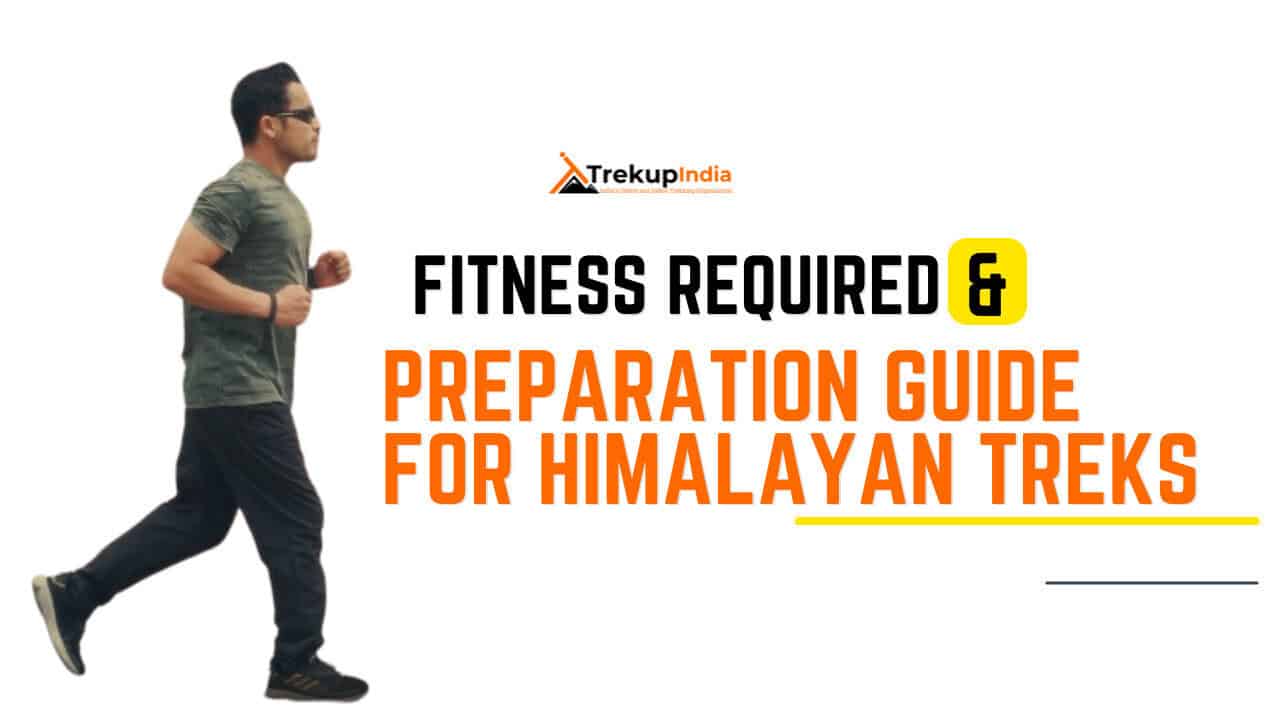
Fitness Target
Trekup India has put the Dzo Jongo Peak Trek into an easy-to-moderate-grade-level trek.
For Easy – Moderate Treks – In order to be well-prepared for your upcoming trek, it is recommended that you focus on building your endurance by aiming to cover a distance of 4.5 kilometers in less than 45 minutes. This will help you to develop the necessary stamina and strength required to successfully complete your journey.
How to Achieve This Fitness Target?
To start preparing for your trek:
- Try jogging for at least five days every week.
- If you find 4.5 km too difficult at first, begin with 2 km and gradually increase over 2-3 weeks.
- Once you feel more comfortable running 4.5 km, focus on improving your speed gradually on a daily basis.
It is important to ensure that you can consistently complete 4.5 km in under 45 minutes for at least two weeks before your planned trek. Allow yourself 6-8 weeks to prepare physically for the journey.
Strength Training exercises that benefit Trekking
Trekking is an activity that demands a good level of strength.

Trekking is a demanding activity that requires good cardiovascular endurance, muscular strength, and overall fitness. To help you prepare for your trek, incorporating bodyweight exercises into your training routine can be an effective way to build strength, improve stability, and enhance endurance, all of which are crucial for a successful trek. In this regard, here’s a breakdown of body weight exercises categorized by the specific body parts they target and the benefits they offer during trekking.
1. Lower Body Exercises
Lower body exercises like squats and lunges are great for building lower body strength, essential for trekking.
a. Squats
Squats are an excellent exercise for building lower body strength, essential for trekking. They target the quadriceps, hamstrings, glutes, and calves. Solid quadriceps and glutes provide power for ascending and tackling uphill climbs, while vital hamstrings aid stability during descents. This is particularly helpful in navigating uneven terrain during trekking.
How to perform Squats Exercises:
- Stand with feet shoulder-width apart, toes pointing slightly outward.
- Lower your body by bending your knees and hips, keeping your back straight.
- Lower until your thighs are parallel to the ground or as low as comfortable.
- Push through your heels to return to the starting position.
b. Lunges
Lunges target the quadriceps, hamstrings, glutes, and calves. They improve lower body strength, balance, and stability, crucial for maintaining control on rocky trails and steep slopes. Additionally, they enhance flexibility, reducing the risk of injury while trekking.
How to Perform Lunge Exercises:
- Stand with feet hip-width apart, hands on hips or sides.
- Take a step forward with one foot, lowering your body until both knees are bent at 90-degree angles.
- Push through the heel of your front foot to return to the starting position.
- Repeat on the other side, alternating legs.
2. Upper Body Exercises
Upper body exercises such as push-ups and pull-ups effectively strengthen the upper body, especially the chest and shoulders, which are essential for carrying a backpack during treks.
a. Push-Ups
Targets: Chest, shoulders, triceps, and core.
Benefits for Trekking: Push-ups are an effective exercise to strengthen the upper body, especially the chest and shoulders, essential for carrying a backpack during treks. Improved upper body strength will also help maintain posture and stability while traversing challenging terrain.
How to Perform Push-Ups Exercises:
- Start in a plank position with hands shoulder-width apart and body in a straight line from head to heels.
- Lower your body by bending your elbows until your chest nearly touches the ground.
- Push through your palms to return to the starting position.
- Keep your core engaged throughout the movement.
b. Pull-Ups/Bodyweight Rows:
Targeting the back, biceps, and shoulders can significantly benefit trekking. You can strengthen these muscle groups by performing pull-ups or bodyweight rows and improve your posture and balance while carrying a backpack. Additionally, more muscular back muscles can help reduce the risk of back strain and fatigue during long treks, making your journey safer and more comfortable.
3. Core Exercises
Core exercises like planks and Russian twists can help strengthen the core muscles, which are crucial for maintaining stability and balance while trekking on uneven terrain.
a. Planks
Targets: Abdominals, obliques, and lower back.
Benefits for Trekking: Planks are an effective exercise that helps strengthen the core muscles. These muscles are crucial for maintaining stability and balance while trekking on uneven terrain. A strong core also helps improve posture, reducing the risk of back pain and fatigue during extended hikes.
How to Perform Planks Exercises:
- Start in a plank position with elbows directly under shoulders and body in a straight line from head to heels.
- Engage your core and hold the position, avoiding sagging or arching the back.
- Keep breathing steadily and hold for the desired duration.
b. Russian Twists
Targets: Obliques, abdominals, and lower back.
Benefits for Trekking: Russian twists engage the core muscles, particularly the obliques, improving rotational stability and balance. Enhanced core strength helps prevent injuries and improves overall performance during trekking.
How to Perform Russian Twist Exercises:
- Sit on the ground with knees bent and feet flat, leaning back slightly to engage the core.
- Clasp hands together and twist the torso to one side, bringing the hands towards the ground beside the hip.
- Return to the centre, then twist to the other side.
- Continue alternating sides for the desired number of repetitions.
4. Full Body/Cardiovascular Exercises
Full-body/cardiovascular exercises like burpees and mountain climbers are excellent for improving cardiovascular endurance, strength, and agility.
a.Burpees
Burpees are an excellent full-body exercise that targets your legs, chest, arms, and core. This exercise dramatically benefits trekking enthusiasts, improving cardiovascular endurance, strength, and agility. Regularly incorporating burpees into your workout routine can enhance your overall fitness level, which can help you endure long hikes and rugged terrains with ease.
How to Perform Burpees Exercises:
- Start in a standing position.
- Squat down and place hands on the ground.
- Jump feet back into a plank position.
- Perform a push-up.
- Jump feet back to the squat position.
- Explosively jump up into the air, reaching overhead.
- Land softly and repeat the sequence.
b. Mountain Climbers
Mountain climbers target the core, shoulders, chest, and legs. This dynamic, full-body exercise can significantly improve cardiovascular endurance and agility. It is an excellent functional workout for trekking preparation as it engages both the upper and lower body muscles while strengthening the core muscles.
How to Perform Mountain Climbers Exercises:
- Start in a plank position with hands shoulder-width apart and body in a straight line from head to heels.
- Drive one knee towards the chest, then quickly switch legs, alternating in a running motion.
- Keep the core engaged and the hips stable throughout the movement.
- Continue at a moderate to fast pace for the desired duration.
Incorporating bodyweight exercises into your training routine can help you build strength and endurance and prepare your body for the physical demands of trekking. Consistency and proper form are crucial to maximizing the benefits of these exercises and ensuring a safe and enjoyable trekking experience. Engaging your core muscles, including obliques, abdominals, and lower back, with Russian twists can improve your rotational stability and balance, preventing injuries and enhancing overall performance during trekking.
When incorporating strength training exercises into your workout routine, it’s essential to maintain proper form and technique to avoid injury. Start with lighter weights and gradually increase the intensity as you progress, focusing on compound exercises targeting multiple muscle groups simultaneously. Some examples of practical strength training exercises for trekking include squats, lunges, deadlifts, and pull-ups.
Remember to give your muscles time to recover between workouts, and remember to stretch before and after your workouts to prevent injury and improve flexibility. Combining strength training with jogging and proper stretching allows you to take your fitness to the next level and confidently tackle even the most challenging treks.
Our Trekkers Reviews And Expriences
Posted onTrustindex verifies that the original source of the review is Google. Experience with TREKUP INDIA is good. Food, accommodation, staff behaviour is too good.. Location of all camps is too much good wrt to other camping sites. Camping sites are to clean.. THANKS TREKUP INDIAPosted onTrustindex verifies that the original source of the review is Google. Awesome experience The food was excellent Special shoutout to our trek leaders Vivek and Abinav for constant supportPosted onTrustindex verifies that the original source of the review is Google. Had Amazing experience with trekup Trek guides and food was amazing. Both trek leaders Abhinav and vivek were well behaved and experienced and helped a lot. And food was amazing as well. Always suggested.Posted onTrustindex verifies that the original source of the review is Google. Heads up to Trekup India for organizing our trek to Dayara Bugyal it was an owesom experience with them special shoutout to trek leaders Abhinav and Vivek Rana for well planned and execution of entire trekPosted onTrustindex verifies that the original source of the review is Google. @vivek @abhinav thank you guys for giving us a awesome experience for dayara bugyal trekPosted onTrustindex verifies that the original source of the review is Google. My first solo trekking with Trekup India best trek in my life till now. Future treks I will must try with Trekup India 👌✌️🫰🤟Posted onTrustindex verifies that the original source of the review is Google. I had an awesome experience with TrackUp India for my Kedarkantha trek! Our guides, Arpit and Sunil sir, were absolutely amazing — super supportive, friendly, and always there to help. Everything was well-managed, from proper guidance to timely meals. The whole journey felt safe, organised, and memorable. Highly recommended for anyone planning a trek!”Posted onTrustindex verifies that the original source of the review is Google. We did the Dayara Bugyal trek with Trek Up India, and it was an excellent experience overall. The trek was well-organized, and the team took great care of everyone. Our trek leaders, Abhinav Lingwal and Vivek Rana, were professional, supportive, and made the journey enjoyable. The cooks, Nitesh Rana and Vinod Rana, served delicious pure vegetarian food, which made us more than happy — it felt homely even in the mountains. Driver Bipin Rawat drove safely and confidently through tough roads, and Nikita from the operations team managed the coordination very smoothly right from the start. The team’s effort really showed in how well everything ran. My only suggestion would be to have a few more options or arrangements for when the temperature drops go extreme low temperatures specially at night at the campsite. Overall, a great trek, great service, and a great team. Would definitely recommend Trek Up India.Posted onTrustindex verifies that the original source of the review is Google. I recently completed the Dayara Bugyal Trek with Trek Up India, and I must say, it was an absolutely unforgettable experience from start to finish! Right from the beginning, Aditya (Sales) was super helpful and patient with all my queries. He guided me perfectly through the booking and preparation process. Nikita (Operations Executive) ensured everything ran smoothly and kept us updated with all the logistics — really professional and approachable throughout! Once on the trek, we were led by Trek Leaders Abhinav and Vivek, who were both exceptional. Their knowledge, motivation, and calm attitude made the entire journey so much more enjoyable and safe. A special mention to Vinod, the ever-energetic and fun-loving guy who kept the vibes high and the group laughing even on the toughest climbs. The food was another highlight — delicious, fresh, and comforting at those altitudes. Hats off to the cook and kitchen team for preparing such quality meals every single day in such remote conditions. And then, the views… absolutely surreal! From snow-clad peaks to lush meadows, every turn offered something breathtaking. The panoramic views of various Himalayan ranges were simply magical — no photo can truly capture what your eyes witness there. Lastly, what made this trek even more special was the amazing group of people I met along the way. Everyone had their own story, their own reason for being there, and together we created memories that will stay with me forever. Big thanks to the entire Trek Up India team for curating such a wonderful experience. Highly recommend them to anyone looking to explore the Himalayas with a mix of professionalism, warmth, and fun!Posted onTrustindex verifies that the original source of the review is Google. Its been always an amazing experience with Trekup India.This was my third trek with them.The support staffs are generous, humble and honest also the quotations for treks feasible for me.
We provide only Indian vegetarian food, and your meal will mainly consist of Indian bread, vegetables, lentils, rice, and a delicious dessert. During your trek, we will serve three meals a day, including breakfast, lunch, and dinner. You will also be served tea, snacks, and lip-smacking soup in the evening before dinner. If it is a long day of trekking, you will be given a packed snack.
After extensive research on the trekkers’ nutritional requirements, we prepare the menu. Before putting all the meals together, we also consider the altitude and the weather.
The meal we serve during the trek is perfectly balanced with calories, carbohydrates, vitamins, protein, fibre, and minerals. You need to know that all our cooks have great expertise in cooking and have undergone thorough training. So, get ready to enjoy delectable and lip-smacking dishes during your trek. You will be served with lemon tea in the tent to start your day with a refreshed feeling. Before leaving the campsite for trekking, you will be given a hot finger-licking breakfast like upma, Aallu Prantha, Besan Chilla, Poha, Daliya, Corn flakes, and Maggie, along with tea or coffee.
If your trek is longer, we also offer some fresh local fruits such as apples and healthy drinks like Frootie or Maaza. In the afternoon, you will be served a simple & healthy lunch, while at around 04:00 pm, you will be given tea and a light evening breakfast. After you reach your campsite at night, you will be served a hot and delightful dinner.
After reading this, you must have understood the food we provided on the trek; you don’t need to worry about food. Many trekkers repeatedly trek with us because of the food we provide. Thus, we will give you unforgettable experiences.
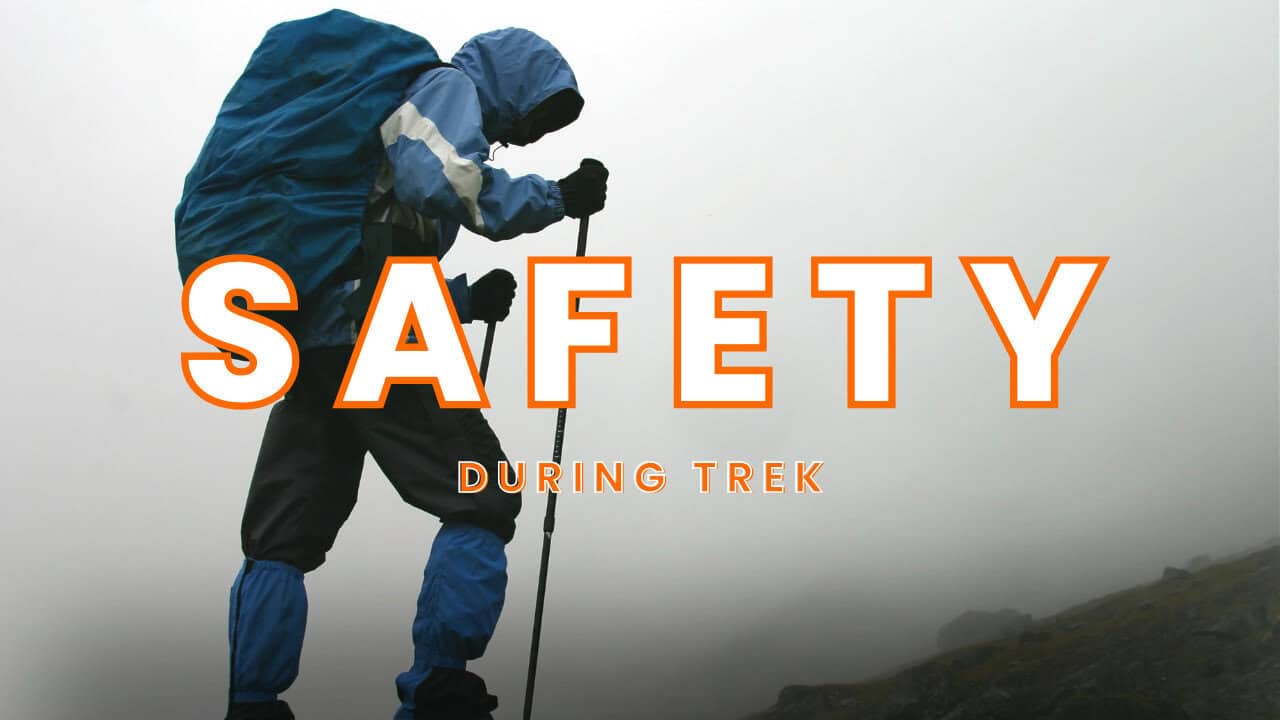
Trekking with us for the Dzo Jongo Peak Trek is entirely safe because we have a team of trek leaders qualified in Wilderness first-aid and complete information about the high-altitude glitches. During the trek, we carry a full first-aid kit that contains all the essential medicines. Before trekking with us, you must ensure that you are medically fit for the trek; for us, your medical fitness is more important than anything else.
Right from our establishment, we at Trekup India have been continuously introducing new safety practices into Indian trekking to ensure the safety of voyagers. Trekup India introduced microspikes and made emergency bottled oxygen mandatory for all treks. Our trek leaders take your daily Pulse oximeter reading. We at Trekup India introduced the radio walkie-talkie as a safety communication device.
How can we ensure that your trek is safe with us?
We have noticed that most trek-organizing organizations do not follow these systems, but with time, they are following us; several competing companies are adopting these practices and organizing great, safe treks.
We ensure complete technical safety in the mountain. Our company has a vast team of more than 100 guides and trek leaders who serve on Himalayan treks. One of the best things about our team is that all the members are trained professionally by the Nehru Institute of Mountaineering, Indian Mountaineering Foundation Delhi, and Hanifle Center Outdoor Education Mussoorie.
Explore our New Safety Protocols
To ensure a perfect Trek, we have introduced some new safety checks to ensure excellent safety for our trekkers.
Our On-trek safety checks include:
- Daily oxygen saturation, along with pulse readings
- Stretchers team appointed on every trek
- Radios
- Trained mountain staff and complete safety
- Additional oxygen cylinders
- Special medical kit for high-altitude treks
- Microspikes on all types of snow treks
- Experienced Trek leaders, as well as safety
- Technical team on all snowy slopes
For Us, Your Safety Is the Top Priority
At Trekup India, you will find a team with local knowledge and fluency in English and Hindi. This helps ensure that you have a fantastic trek. Not only this, but we also pay attention to your health and safety because this is something we cannot ignore. All the team leaders involved in trekking have already undergone several professional courses in first aid, portable altitude chamber training, CPR, environmental awareness training, and advanced wilderness emergency medicine.
We also carry a complete first aid medical kit on every trek and trip we organize. Apart from the medical kit, we take a portable altitude chamber (if needed) and medical oxygen for all high-altitude treks. Our company has significant expertise in organizing all sorts of group adventure holidays for family groups, school and college groups, and friend groups. We have many travel options that suit different fitness levels and travelling styles.
Regardless of the group size, we value each and every member of our trekking groups. Our commitment to personal attention ensures that your needs and safety are always our top priority.
Who we are?
Trekup India has been a stalwart in the Adventure Tourism industry for 30 years. Since our inception, we have been dedicated to providing top-notch treks, voyages, trekking programs, and high-altitude expeditions. Our extensive experience is a testament to our commitment to your adventure and safety.
We organize treks in Uttarakhand, Kashmir, Sikkim, and Himachal while being part of the trekking community; we feature more than 75 documented Himalayan treks. In addition to other outdoor activities, our company also organizes trips for schools, colleges, and families.
Therefore, we maintain the quality of services offered to our valuable customers.
Must Read These Information Of Dzo Jongo Peak Trek
Highlights of the Dzo Jongo Peak Trek
- Summit Dzo Jongo (6,240 meters), one of Ladakh’s highest trekking peaks without technical climbing requirements.
- From the peak, stunning panoramic views can be enjoyed of Kang Yatse, Stok Kangri, Zanskar, and the Karakoram ranges.
- Experience the breathtaking Markha Valley on foot, from its vibrant gorges of colour and mountain passes, to Ladakhi Hamlets.
- Cross High-Altitude Passes in Nepal include Kongmaru La (5,265 meters) or Rongchu La, depending on which path one takes.
- Camping can be done in alpine meadows and canyons near nomadic settlements.
- An exciting mix of physical challenges, solitude, and spiritual beauty.
Frequently Asked Questions About Dzo Jongo Peak Trek
How to Reach Leh for Dzo Jongo Peak Trek
Start Point: Leh, Ladakh
By Air: The nearest airport to this Start Point is Kushok Bakula-Rimpochee Airport (IXL), Leh.
By Road: Excellent transport links between Delhi, Chandigarh, and Srinagar.
What is the Best time to do Dzo Jongo Peak Trek
The best time is from mid-June through to mid-September: Clear skies, wide passes, and steady conditions at higher altitudes are hallmarks of good conditions at higher altitudes. Snow can be handled on the route up to the summit with careful management.


